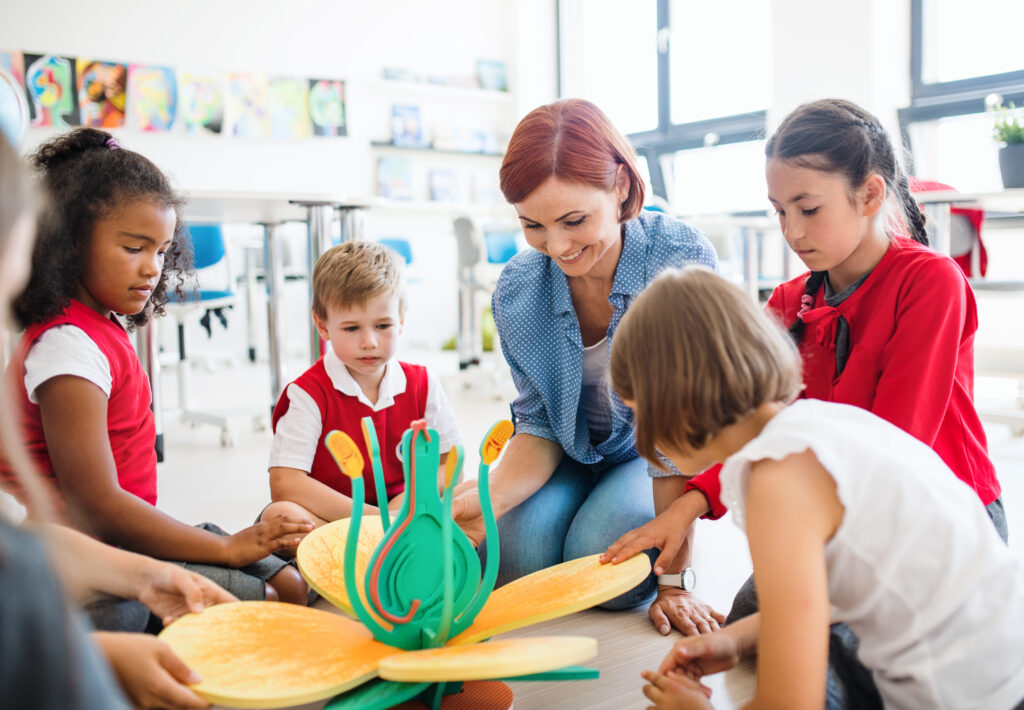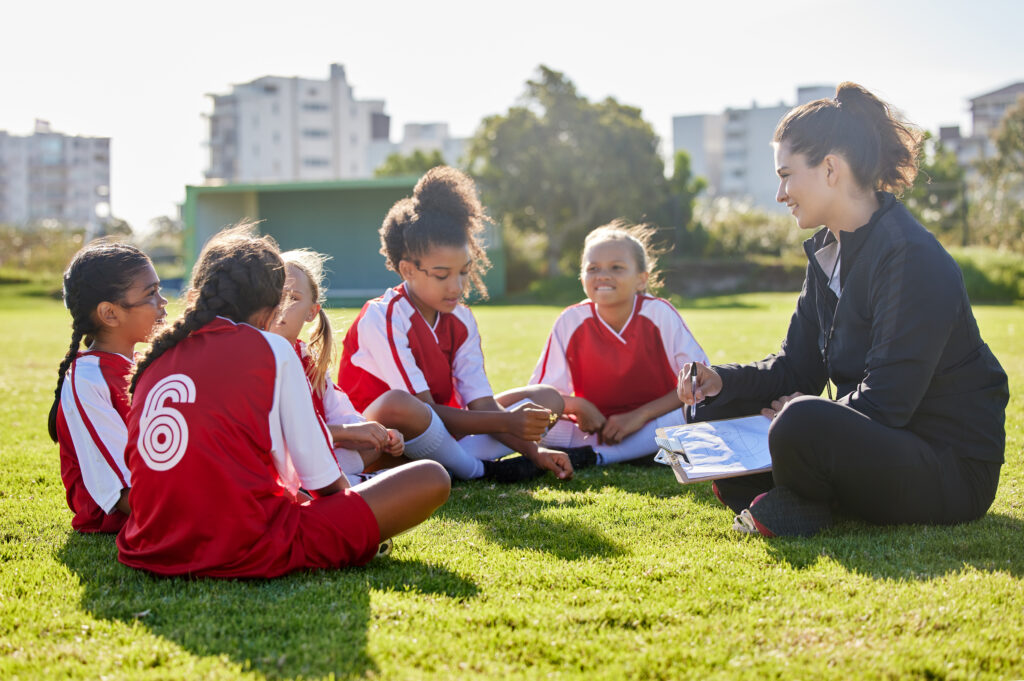Co-curricular activities give students an exciting opportunity to study. These exercises give the pupils a chance to unwind, revitalize and develop their creativity to a greater extent.
These days, a lot of youngsters eagerly anticipate participating in co-curricular activities at school. Activities outside of the classroom begin in the morning, at lunch or after school. They support children’s growth in all areas—intellectual, emotional, social, moral, creative, and physical—and add to what they learn in school.
Co-curricular activities include activities like debate groups, student councils, art and science organizations, sports teams and the press club. There are several ways that co-curricular activities benefit students. What are the benefits of co curricular activities, then? This article emphasizes the benefits of engaging in extracurricular activities beyond the regular curriculum.
What are Co-curricular activities?
To answer the question, “What are co-curricular activities?” They are extracurricular pursuits that enhance or support academic knowledge gained in the classroom. They offer a variety of supplemental education options, are ungraded and often have no impact on the academic record. Common extracurricular activities include school athletic teams, math and chess clubs, talent shows, extempore, writing contests, debates, mock trials, drawing competitions and theater productions.
Are extracurricular activities different from co-curricular activities ?
Academic institutions accept co-curricular activities as a complement to the normal curriculum. While they are part of school-based activities, extracurriculars have little to do with the curriculum. It’s common for many activities to combine extracurricular and co-curricular components. For instance, co-curricular activities like story writing and math clubs are different from extra-curricular ones like dance, music, and theater.
Different Types of Co-curricular Activities
Before receiving one’s high school diploma, one can gain experience by participating in a variety of co-curricular activities. While some are unconnected to academic courses, others are directly tied to a vocation one might follow after finishing college. The main categories of co-curricular activities are listed below, along with illustrations of each:
1. Recreational activities
Young people benefit greatly from such activities since, at this age, their minds are most open to learning and exploring new concepts. Pleasure and leisure are essential elements of schooling.
Engaging in pleasant extracurricular activities may help people explore their abilities, develop their hobbies and realize their creative potential. The following are a few typical extracurricular leisure activities: Hikes in the mountains, picnics, museum visits, seminars, visits to businesses, workshops and group activities
2. Educational activities
Each person has a unique potential and ability for learning. In traditional classroom settings, when learning occurs in groups, it can be challenging to provide each student individualized attention.
Co-curricular educational activities make it possible for people to participate in these kinds of activities and acquire a variety of ideas in a unique way. This promotes equality amongst the students in a classroom.
Some instances of non-academic educational activities are as follows: Science tests, Poetry contests, Storytelling contests, Mathematical Olympiads, Extempores, Exhibition Projects, Essay Contests and Debate Contests.
3. Culture and value-based activities
Putting one’s skills on display might help one feel more confident. Academically poor students who excel in extracurricular activities get confidence and self-worth from them. Numerous organizations host a range of festivals and cultural contests that provide people with the chance to develop and demonstrate their abilities. Some of the activities that are based on culture and values include; dancing contests, festivals of culture, singing contests, creating contests and workshops for folk art.
4. Physical development activities
Engaging in physical activity promotes personal health. Numerous exercises, such as group games, can impart soft skills like cooperation and critical thinking. A person who is physically active is emotionally active. The following are some instances of physical development-oriented activities: yoga, sports, gymnastics, sprinting, meditating, National Cadets Corps (NCC) and athletic contests.
Benefits of Co-curricular Activities

1. Enhanced social abilities
It’s easy to forget that interacting with your peers is essential to having the greatest possible high school experience when you’re deep in a book. Joining a school organization is the ideal way to meet others who share your interests, even if social situations are hard for you.
Having fun with your friends can make high school more enjoyable and those social skills will come in handy when you start college or your first job. Never undervalue the importance of building relationships with others; networks have a lot of power. It is one of the main benefits of co curricular activities. It’s possible that the friends you make today will be with you for the rest of your life.
2. Improves one’s personality
Some activities aid in the overall development of a person’s personality. They encourage people to think critically and approach issues with confidence. Students can become more proactive and prepared for future endeavors, thanks to the experiences and abilities they have acquired from these pursuits.
3. Unwinding and relieving tension
Completing homework, preparing for tests and thinking about your future might be too much to handle at times. Co-curricular activities provide you the opportunity to divert your attention. You may take an hour or two to detach yourself from whatever is causing you tension and then unwind into something productive. If you engage in theater or public speaking, your confidence will rise. Sporting good health and happiness is one of the benefits of co curricular activities.
4. Academic success
The idea that co curricular activities will negatively impact your academic performance is one of the most well-known benefits of co-curricular activities, yet this is untrue. Actively participating in a hobby or pastime you enjoy will improve brain function.
You’ll find it simpler to focus and organize your time. For example, playing sports may improve your attention, endurance and ability to persevere in the face of obstacles. Participants in co-curricular activities typically have a more positive outlook on the school and their future academic careers.
5. Aid college applications
Co-curricular activities are a crucial component of a strong college application. They can demonstrate tenacity—that is, the ability of a student to make a commitment and follow through.
6. Inculcate a deep sense of responsibility
Early responsibilities, such as maintaining the class painting board or providing first aid, help people build their capacity to perform in such responsible settings. Working together and assisting others is a requirement for many co- or extracurricular activities, which fosters a sense of accountability and responsibility. A few typical pastimes that assist people in developing their sense of responsibility are team sports like kabaddi, kho kho and football.
7. Aids specific skill development
Through extracurricular activities, these programs help young minds grow and provide them the chance to acquire certain skills. Organizing tournaments can help players pursue ongoing skill improvement in addition to creating a competitive environment. Participating in extracurricular activities may help someone develop abilities like acting, writing and dancing, which can lead to full-time careers.
8. Broaden your viewpoint
High school is the ideal time to push yourself since it allows you to try new things and adopt new perspectives. By taking part in extracurricular activities, you might find new hobbies, talents, or professional goals. Not everyone finds inspiration in the classroom. You may also find that new viewpoints on the things you study affect and mold your opinions.
9. Boost self confidence
Numerous co-curricular activities promote better physical health as well as the growth of leadership, teamwork, meticulousness, competitiveness and collaboration. Many educational institutions acknowledge the importance of these activities, include them into their curricula and mandate that students select activities based on their interests from a menu of choices. Building self-confidence and other people’s trust is one of the main goals of these kinds of activities.
10. Exposes one to new activities
With the freedom to select what they want to study and enjoy, these activities give students exposure to a wide range of activities that extend their perspectives. It aids in their perspective-broadening. Through exercises like playing, sketching, acting, dancing, singing and public speaking, these activities broaden people’s horizons in terms of learning and discovery.
Final thoughts
It is impossible to dispute the benefits of co-curricular activities in a student’s life as they give them an exciting opportunity to study. These exercises provide the pupils a chance to unwind, revitalize and develop their creativity to a greater extent.
Hence, it is indisputable that co-curricular activities are important and students should be given more and more opportunity to develop their interests and skills. Co-curricular activities are becoming a part of the academic curriculum in schools all over the world in an effort to provide pupils the “all-rounder” quality. Furthermore, it is acknowledged that co-curricular activities play a significant role in the integrated school curriculum.
Furthermore, a good amount of study has been done on the benefits of extracurricular activities in schools, and it has been shown that children who engage in these activities do better academically, have greater connections with their teachers, and are more likely to maintain an active and healthy lifestyle.
Participating in organized activities like music, dance, performing arts, etc. also gives pupils a feeling of community inside the school and boosts their self-esteem.



